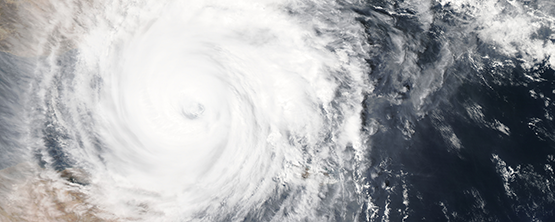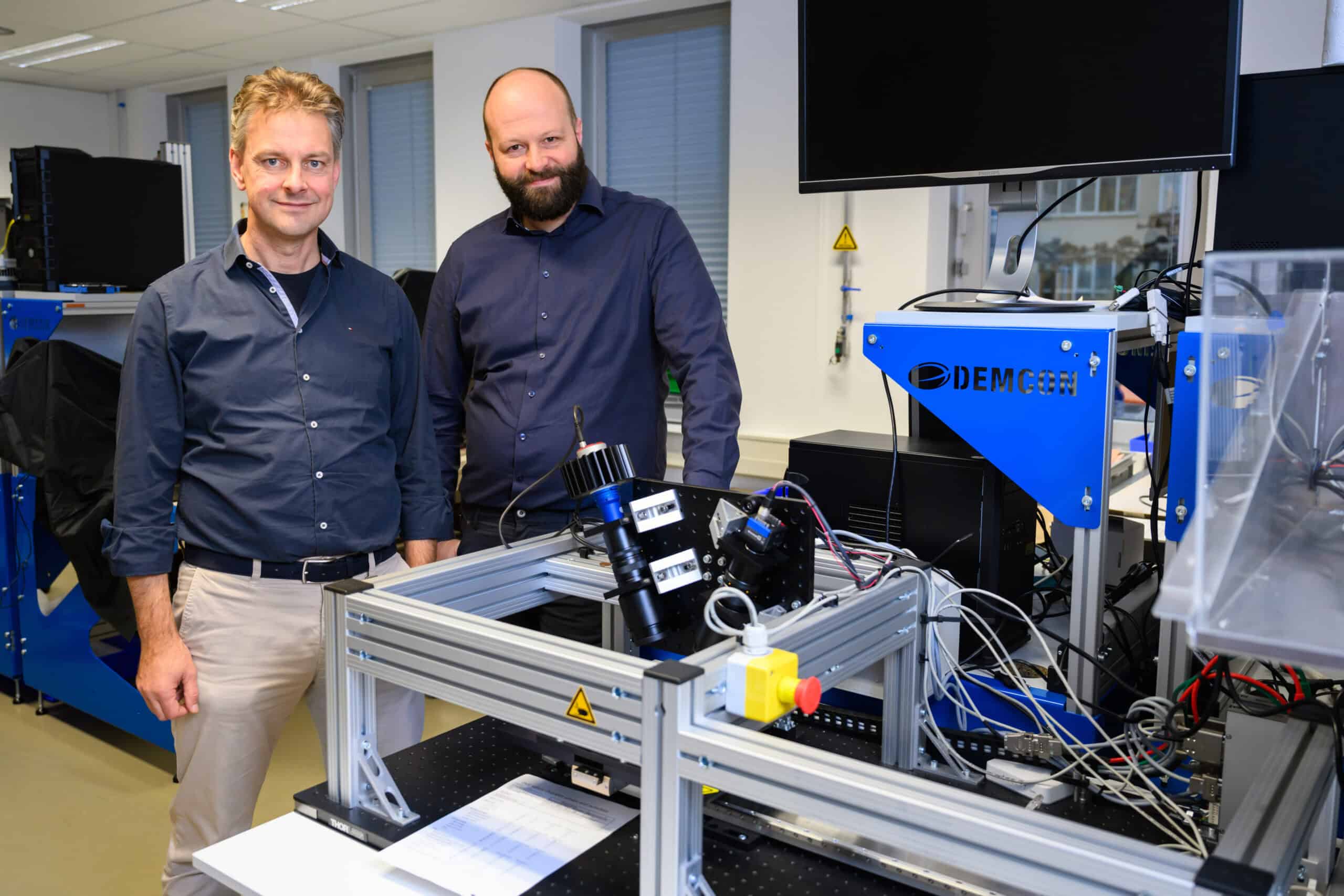
In recent decades, tropical storms have caused enormous damage, with the worst being hurricanes Harvey, Irma and Maria in 2017. These claimed the lives of countless people and cost around US$220 billion. Although predicting these types of hurricanes has proved very difficult up until now, researchers at the Vrije Universiteit Amsterdam (VU) in collaboration with the University of Southampton and the Royal Netherlands Meteorological Institute (KNMI) believe they have found a way to improve this situation. Their findings have been published on the Scientific Data website.
The model’s name is STORM, which stands for the Synthetic Tropical cyclOne geneRation Model. Using advanced algorithms from a relatively small dataset spanning the past 40 years, the model creates a dataset that takes 10,000 years of tropical cyclones into account. This way tropical storms can be simulated that have not (yet) occurred, but are theoretically possible in our current climate.
Climate change

Äs VU scientist Nadia Bloemendaal says: “For the first time ever we now have a dataset featuring extreme cyclones that are not part of our existing measurements, but which can occur. This is very valuable data for water authorities and other policymakers when it comes to testing out their measures.
At present, the STORM model can only be used to study cyclones under current climate conditions. A subsequent step that the scientists want to take is to gain the ability to make predictions for a changing climate.








